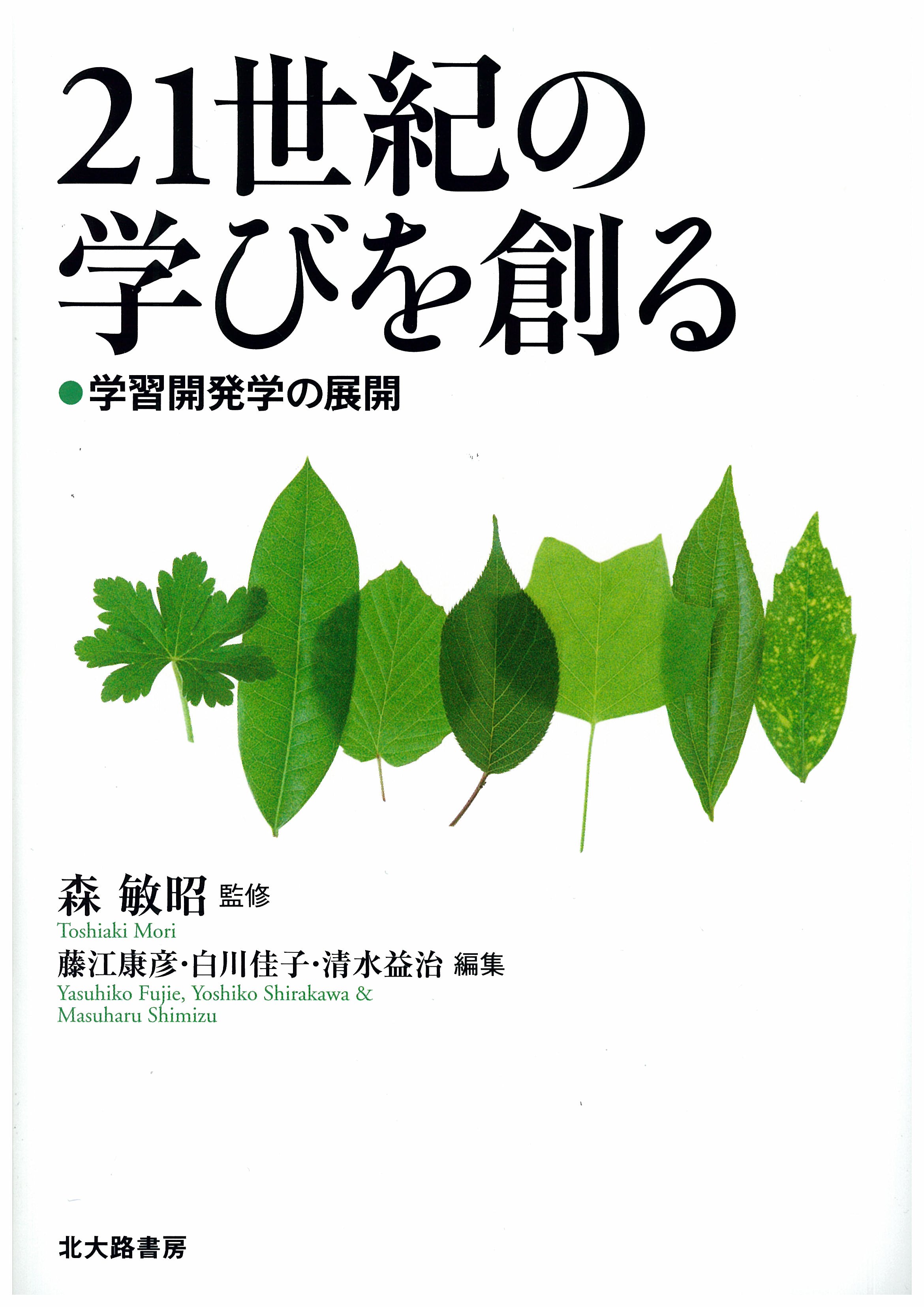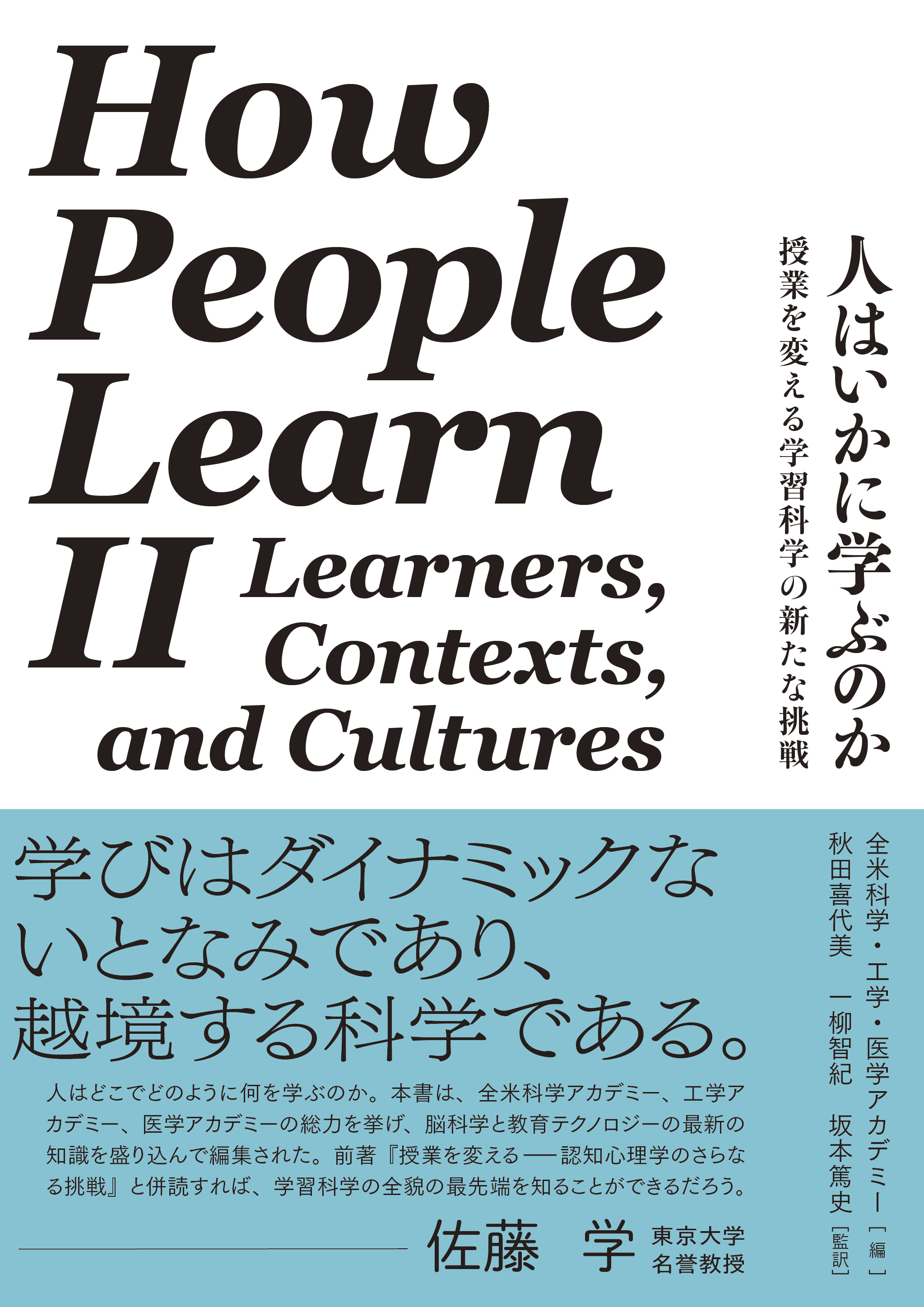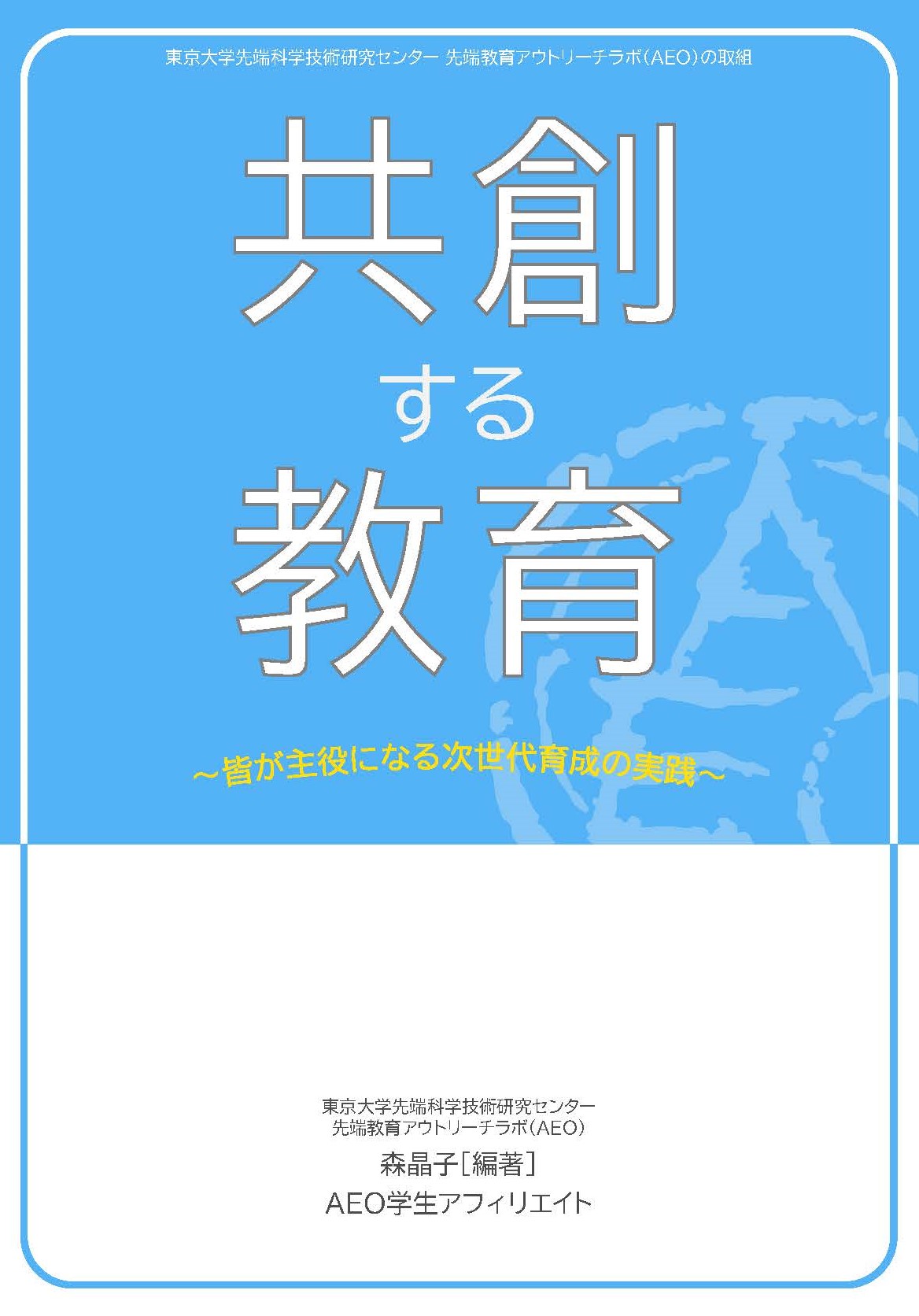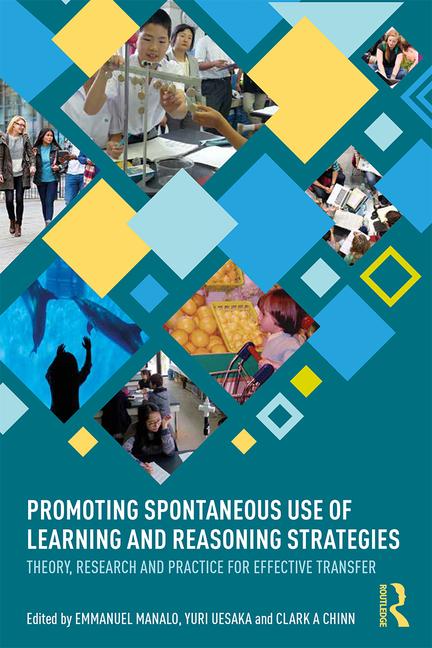
Title
21 Seiki no Manabi wo Tsukuru (Creating the Learning of the 21st Century - Expanding Learning and Curriculum Development)
Size
272 pages, A5 format
Language
Japanese
Released
April 27, 2015
ISBN
9784762828959
Published by
Kitaohji Shobo Co., Ltd.
Book Info
See Book Availability at Library
Japanese Page
This book is centered on the idea of “Learning and Curriculum Development” and advocates for the implementation of ideal forms of research into practical education and design to support the continued learning of people. The following five points (See the “Introduction” section of the book) were raised as phenomena that form the backdrop to the field, at the time of the publication of this book:
(1) A great deal of discussion has occurred around developing an education for “21st century-type abilities” that responds to the advent of the knowledge-based society. This premise aligns with the “21st century academic ability” that learning science strives towards. Twenty two years have passed since the beginning of the 21st century, with people’s way of life and values questioned anew due to the frequent occurrence of major disasters and social changes. In addition, with the acceptance of increased diversification from the primary education to higher education stage, further studies, including institutional reforms, are required in anticipation of the adoption of more specific measures to develop 21st century-type abilities.
(2) The construction of learning support systems, the creation of new opportunities for learning as well as spaces to engage in learning that go beyond school-based education and respond to the diversity of forms of learning, and the arrival of a super-aged society are becoming pressing problems.
(3) With the rising prominence of “learning science,” when devising research into educational practice, school management, and educational measures, it is not only “teaching” and “instruction” that are the subjects of increased focus but also “learning” and “the learning environment,” with a demand existing for practical recommendations.
(4) By incorporating the perspectives of lifelong development, lifelong learning, and human resource training, the field of learning research expands, and it is not only school-based education but learning and proficiency as professionals in the “fields” in which people work, such as medical institutions and companies, that have also become the subjects of research.
(5) As research into the practice of education, in addition to research analyzing the sites where this practice occurs, action research and design-based research that create practices in collaboration with researchers and practitioners are now being accepted.
The five points that have been outlined here remain largely unchanged, even five years after they were first raised.
The book comprises the following content:
In Section I, having introduced the characteristics of the perspectives on learning and research methods that arise from “learning science,” the theories of academic ability theory, learner theory, lesson theory, and evaluation theory, as found in learning science, are developed.
Section II deals with learning from early childhood to school-going age. In chapter 5, the focus is on early childhood learning. What is unique here is the in-depth discussion on design-based research and training regarding the learning of adults that involves children. Learning science may be expected to contribute to this discussion. Chapter 6 focuses on learning during the primary and secondary stages of education, which corresponds to early childhood to adolescence. This will serve as a model for both research and practice, showing how learning science ideas can be introduced into school-based education.
Section III examines learning in adulthood. Chapter 7 focuses on learning in the higher education stage. The qualities and competency demanded during higher education stage, which acts as a transition period for children to become citizens and for students to become professionals, is questioned. This will become one answer that comes from learning science. Chapter 8 focuses on learning from the perspectives of career development and lifelong development. It shows the extent and depth of learning science, which may reach beyond school-based education.
It is my wish that this book be read by those interested in research on educational practices centered on learning, as well as those interested in the ideal form of human learning.
(Written by FUJIE Yasuhiko, Professor, Graduate School of Education / 2021)



 Find a book
Find a book




